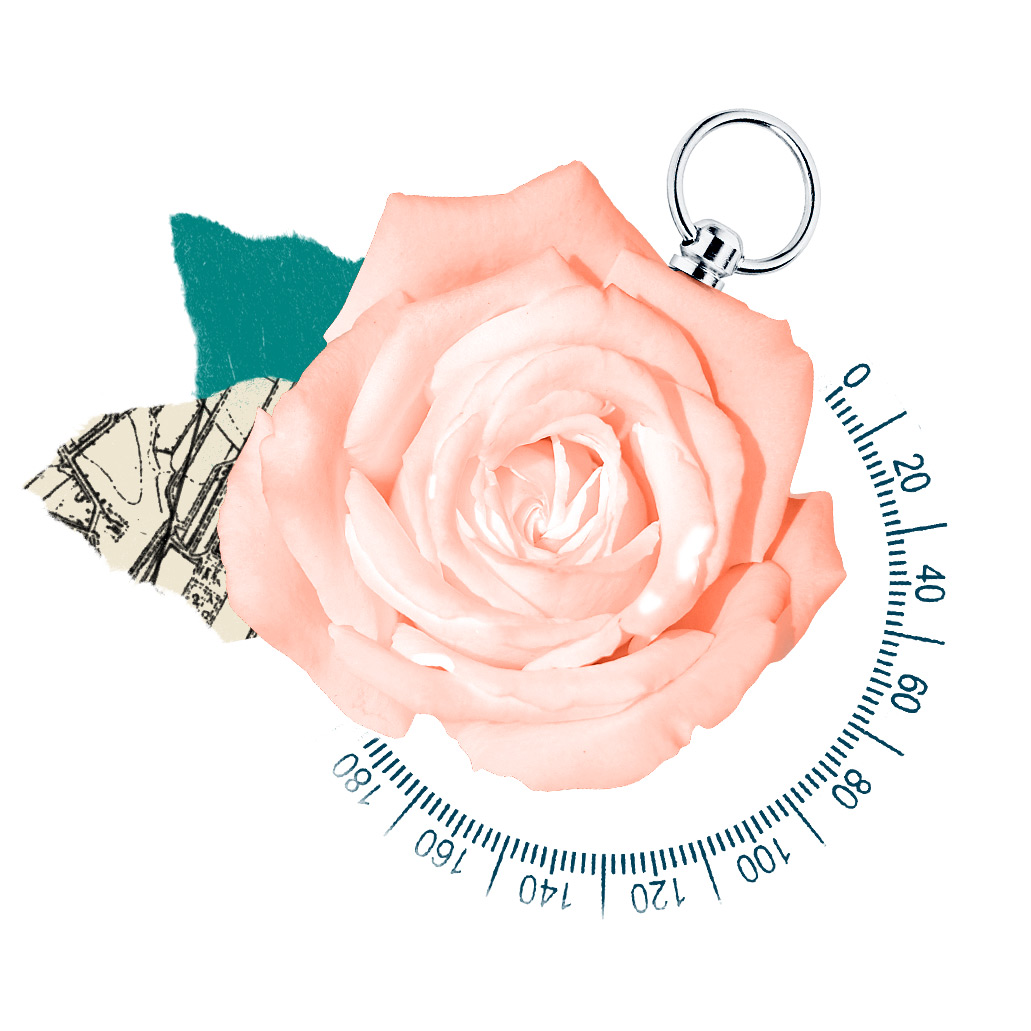Find Lessons
We’ve scoured the best sources from around the world and put them in one place. Use our filter below to find what works best for you and your students.

We’ve scoured the best sources from around the world and put them in one place. Use our filter below to find what works best for you and your students.

36 Results Meet Your Requirements
Create a poem based on letters written by Holocaust victims sent to family members from home, hiding, ghettos, prisons, and concentration camps.
Examine the concordat that tied the Catholic Church to the Nazi Regime and continues to spark controversy today via this expository reading from Facing History and Ourselves.
Why did the US fail to act after there was confirmation of mass murder against European Jews? Guide students through the disappointing history of the US State department's obstruction of the truth of the Holocaust.
Contextualize the experience of Americans in the late 1930s by highlighting the social and economic facts of the day and examining news artifacts from the era.
Explore a summary of contemporary antisemitism, spanning the history between World War II and today.
Watch a compelling video about antisemitism as it manifests in the world today, with insights from global experts on the subject.
Discover the unifying themes of antisemitism by exploring artifacts and events that demonstrate the fear and anger that fuels this long standing conspiracy theory and its hatred towards the Jewish people.
Dietrich Bonhoeffer was one of the most prominent opponents of the Nazi regime. Introduce your students to him by reading a scathing critique of the leadership style of Adolf Hitler.
Students will learn the definition of being a bystander to the Holocaust. They will have the opportunity to think critically about what it really means to be a bystander, the different levels of inactivity and passivity, and whether or not calling oneself a bystander deflects responsibility.
Watch a video on bystanders in the small town of Buczacz in the Ukraine by Facing History and Ourselves. Students will catch a glimpse of the side of the Holocaust that was not carried out by systematic murder in the camps.
Students will watch a documentary on the Stanford Prison Experiment. Open the class into a discussion on the psychology of violence and group behavior.
Read excerpts from Elie Wiesel’s Day of Remembrance addresses. Students will have a discussion about commemoration and remembrance.